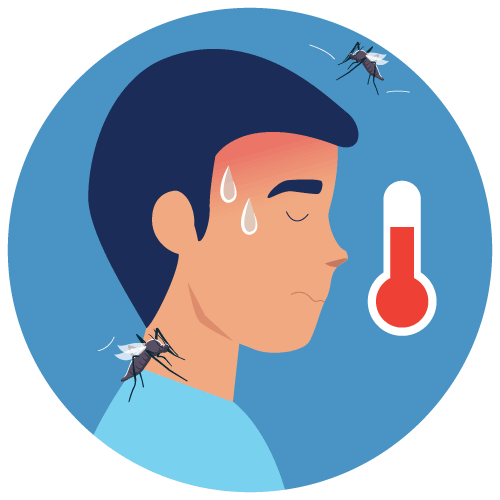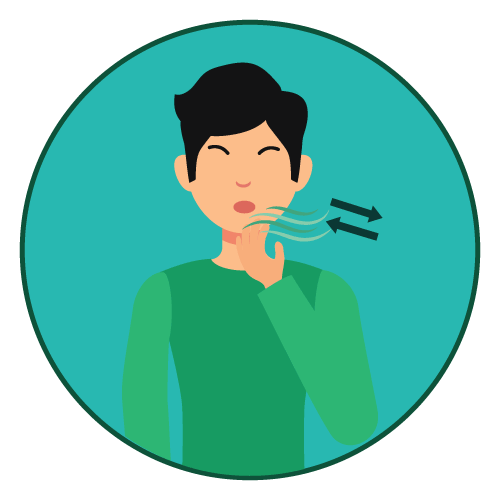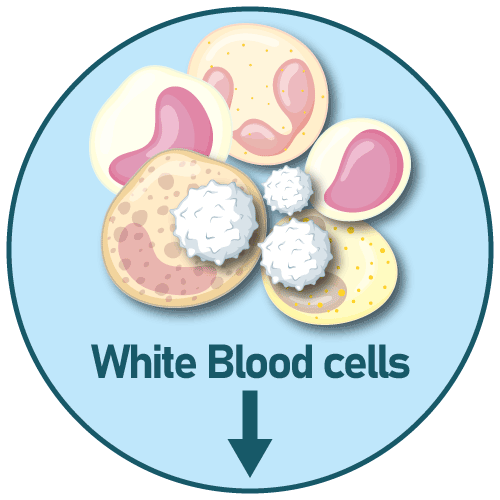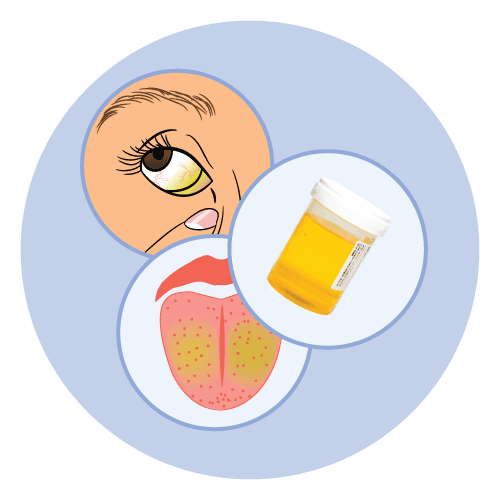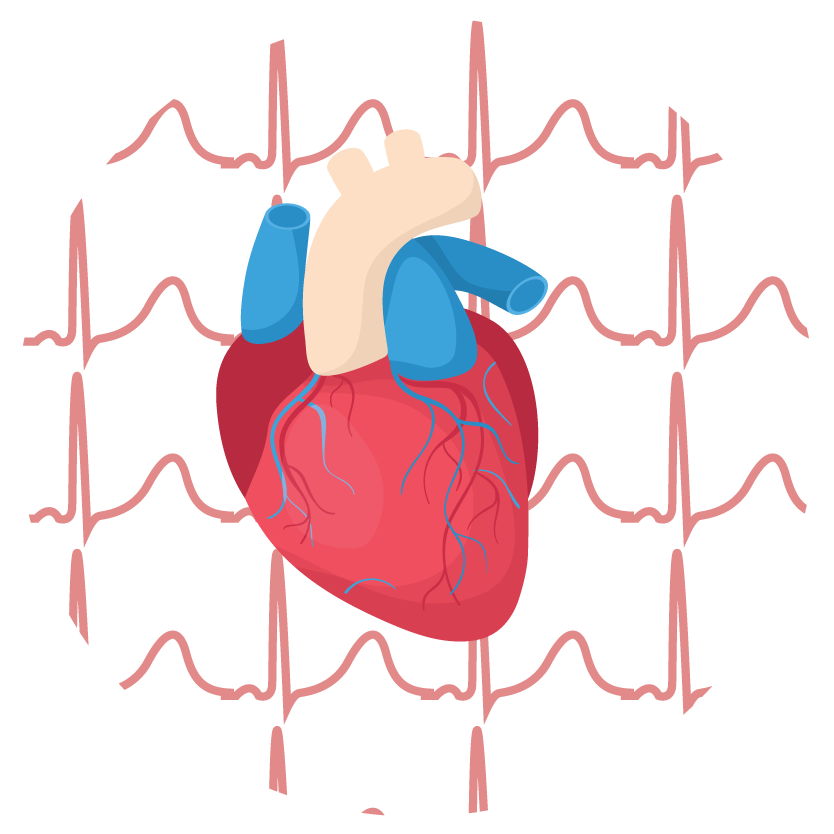| Name | Quinine Sulphate |
| Classes |
Antiinfective Agent Antimalarial Agent Quinoline |
| Diseases |
Infectious Disease Malaria |
Quinine Sulphate
Quinine sulphate is an antimalarial agent. Quinin is an alkaloid derived from the Cinchona tree. Quinin inhibits nucleic acid synthesis, protein synthesis, and glycolysis in Plasmodium falciparum and can bind with hemozoin in erythrocytes that have been infected with the parasite.
Malaria Treatment: Quinine is only indicated for the treatment of uncomplicated Plasmodium falciparum malaria. Quinine sulfate has been shown to be effective in geographical areas where chloroquine resistance has been documented.
- For treatment of uncomplicated P. falciparum malaria in adults, the Quinine dosage is 648 mg (two capsules) every 8 hours for 7 days.
- Quinine sulphate can cause gastric discomfort if not taken with food.
- Hepatic function should be monitored in patients with mild to moderate hepatic impairment.
- The following modified dosage regimen is recommended for patients with acute uncomplicated malaria and severe chronic renal failure: one 648 mg loading dose of Quinine sulphate followed by 12 hour maintenance doses of 324 mg every 12 hours
- General: fever, chills, sweating, flushing, asthenia, lupus-like syndrome, and hypersensitivity reactions.
- Hematologic: agranulocytosis, hypoprothrombinemia, thrombocytopenia, disseminated intravascular coagulation, hemolytic anemia; hemolytic uremic syndrome, thrombotic thrombocytopenic purpura, idiopathic thrombocytopenic purpura, petechiae, ecchymosis, hemorrhage, coagulopathy, blackwater fever, leukopenia, neutropenia, pancytopenia, aplastic anemia, and lupus anticoagulant.
- Neuropsychiatric: headache, diplopia, confusion, altered mental status, seizures, coma, disorientation, tremors, restlessness, ataxia, acute dystonic reaction, aphasia, and suicide.
- Dermatologic: cutaneous rashes, including urticarial, papular, or scarlatinal rashes, pruritus, bullous dermatitis, exfoliative dermatitis, erythema multiforme, Stevens-Johnson syndrome, toxic epidermal necrolysis, fixed drug eruption, photosensitivity reactions, allergic contact dermatitis, acral necrosis, and cutaneous vasculitis.
- Respiratory: asthma, dyspnea, pulmonary edema.
- Cardiovascular: chest pain, vasodilatation, hypotension, postural hypotension, tachycardia, bradycardia, palpitations, syncope, atrioventricular block, atrial fibrillation, irregular rhythm, unifocal premature ventricular contractions, nodal escape beats, U waves, QT prolongation, ventricular fibrillation, ventricular tachycardia, torsades de pointes, and cardiac arrest.
- Gastrointestinal: nausea, vomiting, diarrhea, abdominal pain, gastric irritation, and esophagitis.
- Hepatobiliary: granulomatous hepatitis, hepatitis, jaundice, and abnormal liver function tests.
- Quinine Sulphate can cause severe and life-threatening hypersensitivity reactions, QT prolongation, serious cardiac arrhythmias such as torsades de pointes, and other serious adverse events that necessitate medical intervention and hospitalization. There have also been fatalities reported.
- Regardless of age, clinical status, or disease severity, QT interval prolongation was a consistent finding in studies that evaluated electrocardiographic changes with oral or parenteral quinine administration. The greatest increase in QT interval has been found to correspond with the highest quinine plasma concentration.
- In the absence of evidence of its effectiveness for the treatment or prevention of nocturnal leg cramps, the risk of using Quinine Sulphate outweighs any potential benefit in treating and/or preventing this benign, self-limiting condition.
- Anaphylactic shock, anaphylactoid responses, urticaria, significant skin rashes, including Stevens-Johnson syndrome and toxic epidermal necrolysis, angioedema, facial edema, bronchospasm, and pruritus have all been documented with quinine sulfate.
- In patients with atrial fibrillation or flutter, Quinine Sulphate should be taken with caution. A counterintuitive rise in cardiac response rate, similar to that seen with quinidine, may occur with quinine. Because digoxin levels may be elevated with the use of quinine, serum digoxin levels should be constantly monitored if digoxin is administered to prevent a rapid ventricular response.
- Quinine promotes the secretion of insulin from the pancreas, causing clinically significant hypoglycemia in patients, particularly pregnant women.
Contraindication
Contraindicated in patients hypersensitive to any component of the medication.
None known.
Quinine sulphate is contraindicated in-
- patients with a prolonged QT interval (specially in elderly patients)
- patients with glucose-6-phosphate dehydrogenase (G-6-PD) deficiency.
- patients with myasthenia gravis
- patients with optic neuritis
 Bangla
Bangla English
English